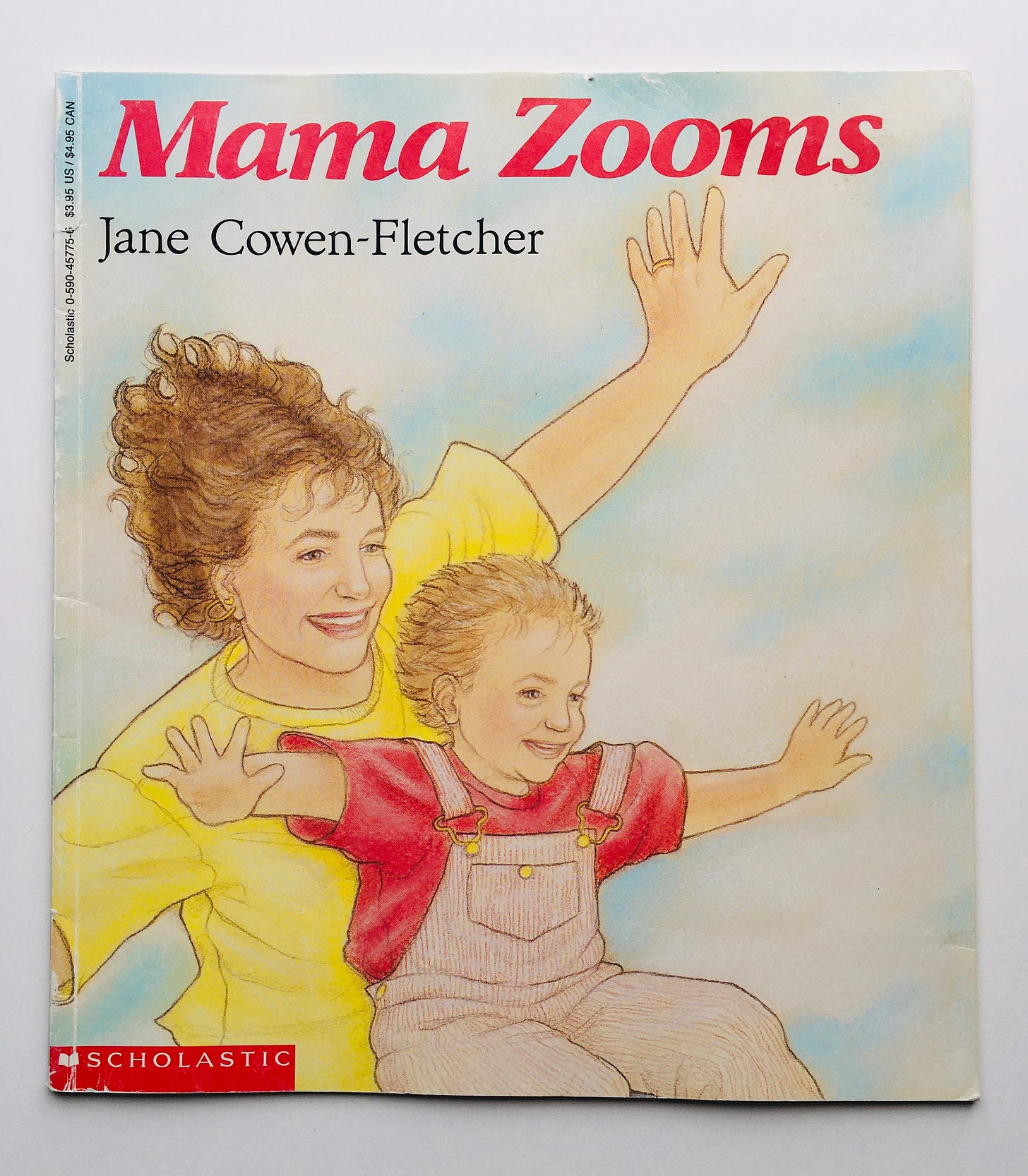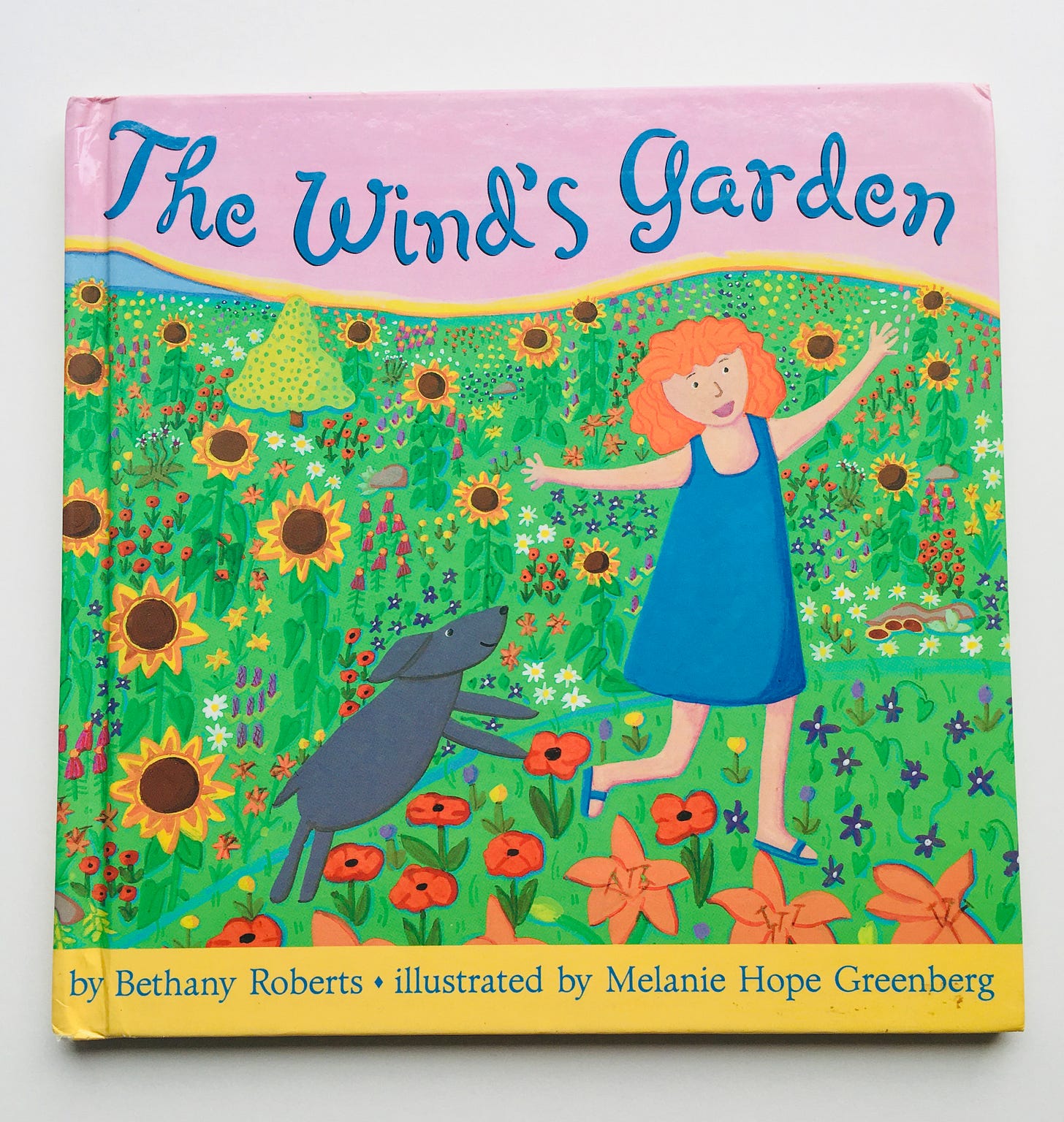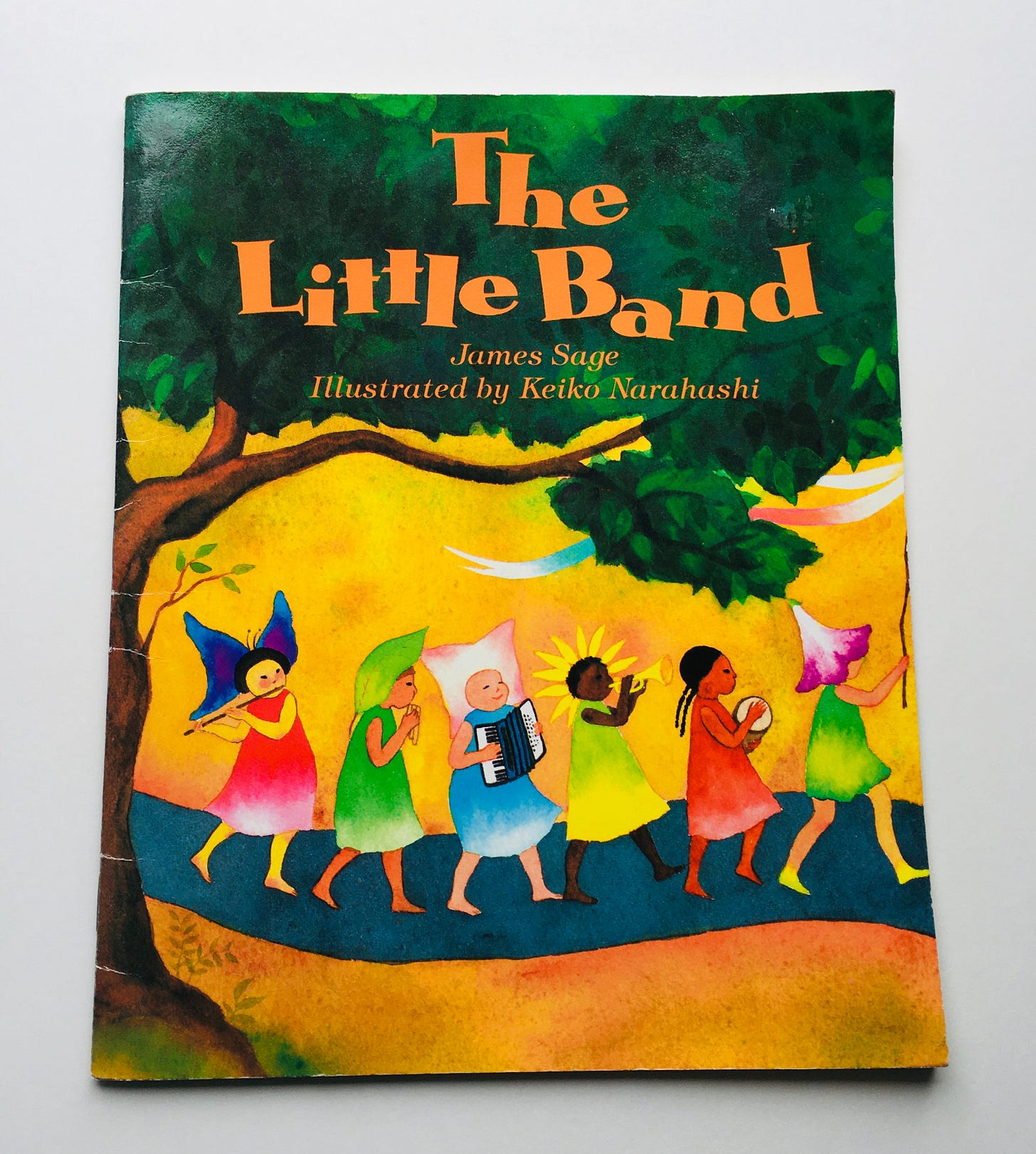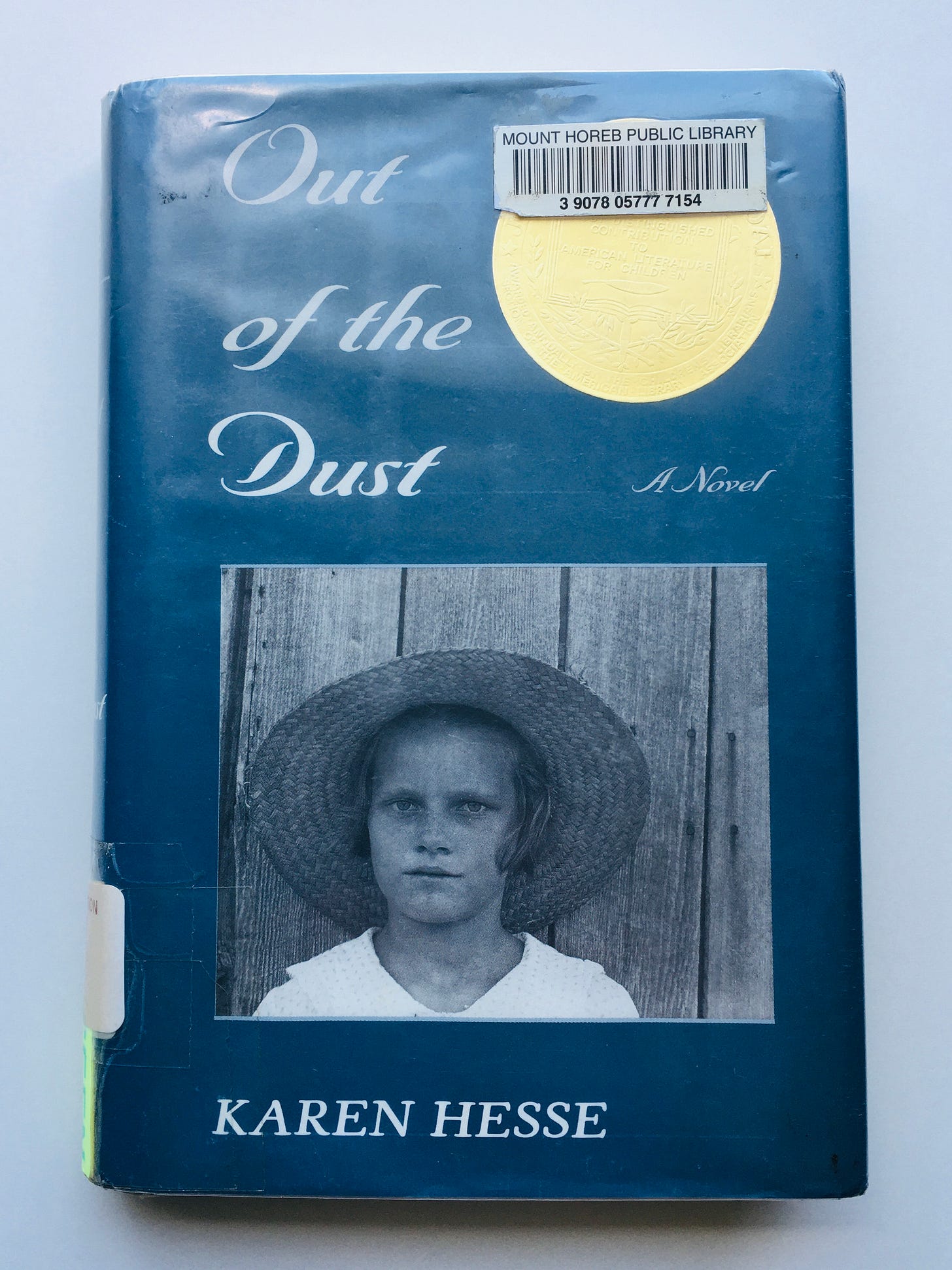Can we read? No. 2
Most importantly, thoughts on the importance of diverse books and resources to help
Because many people need these lists (not just right now but always), I’ve pulled together a round-up of resources to use if you are looking to diversify your children’s library (and you should be), with a special focus on representation of Black children, families, bodies, history, and culture. There are many great lists out there but I chose these specific ones based on the number of books on each that we personally own, so I can speak from experience about their quality.
When my first child was born it was important to me to offer her books in which she could see herself — this was not difficult with a white, brown-eyed, brown-headed baby and became even less so (it was disturbingly easy, in fact) when I then had a white, blue-eyed, blonde-headed one. When that task was accomplished I turned my focus to its opposite: making sure that my children had (and have) books that show diversity of all kinds, and that we frequently purchased titles represented by own voices authors (if you’re unfamiliar with the term “own voices,” it means that if an author is writing a main character who is part of a marginalized group, they themselves are part of that group). I undertook this task with the seriousness and action it deserves — if you know me, you know that I almost exclusively buy used books, but own voices titles are the exception (money talks, so this is a way to send a message to the publishing industry that isn’t possible on the used market).
Providing our children with diverse and inclusive books is not just important, it’s crucial. We know that racism begins at home — and it’s just as likely to appear during bedtime read-aloud or couch-time as the kitchen table. If you don’t believe me, The Conscious Kid offers this information (via their Patreon):
“As early as 3–6 months of age, babies begin to notice and express preference by race (Bar-Haim, 2006). Between the ages of 3 and 5, children begin to apply stereotypes, categorize people by race, and express racial bias (Winkler, 2009). White North American children begin to report negative explicit attitudes toward people of color as early as age 3 (Baron, 2006). By age 3, children also use racist language intentionally — and use it to create social hierarchies, evoke emotional reactions in people of color, and produce harmful results (Van Ausdale, 2001). By 6 years of age, children demonstrate a pro-white/anti-Black bias (Baron, 2006). Adolescents, when looking at Black people’s faces, show higher levels of activity in the area of the brain known for its fight-flight reactions (Telzer, 2013).”
It is not hard to provide children with books that feature BIPOC characters and stories, but in a market saturated, truly saturated, with books featuring white characters (in 2016, the Cooperative Children’s Book Center at the University of Wisconsin-Madison found that out of 3,400 kids’ books, fewer than one-quarter of them featured a main character who was Black, Asian, Latino or Native American, as reported by HuffPost), you do have to choose them.
Mirrors are essential. So are windows.
There is something we can do about this. This is an action that can be taken and can benefit more than just the readers in your own home — if your library doesn’t carry a wide and deep variety of diverse books, make a purchase request. Libraries have funds available to do this and are often happy to expand their catalog. (Let me be clear, too, that merely diversifying our children’s library and decolonizing our own is nowhere near enough when it comes to antiracism work and raising anti-racist children — words and books should not be the end of any child’s education about race and racism — but providing books with BIPOC people at the center of their stories is one way, and a significant one.)
Here are a few booklists to help you get started or continue providing as many diverse books as you can:
The Coretta Scott King Book Awards list via Common Sense Media
A Diverse Summer Reading List for Kids from NPR (We love The Hello, Goodbye Window by Norton Juster, which I’ll be covering in an upcoming issue)
28 Great Black History Months Books for Kids from Today’s Parent
Talking to Kids About Race: Picture Book Recommendations from Here Wee Read (We love Shades of People by Sheila M. Kelly; Happy in Our Skin by Fran Manushkin; Whoever You Are by Mem Fox)
The Conscious Kid, which provides parenting and education resources through a critical race lens, offers access to their recommended children’s books at the $5/month level on Patreon
Here are some excellent general resources (many of which have newsletters or blogs that are worth subscribing to):
Lee & Low Books — this website is overflowing with good information and titles; their Social and Emotional Diverse Reading list is outstanding
Mahogany Books is a family-owned online bookstore that is dedicated to meeting the literary needs of readers in search of books written for, by, or about people of the African Diaspora — they publish monthly children’s (and adult!) booklists that help you keep up with bestsellers
1000 Black Girl Books Resource Guide from GrassROOTS Community Foundation — this is a helpful database to use if you’re searching by age
The Brown Bookshelf is a group of authors and illustrators who came together to push awareness of the myriad of African American voices writing for young readers and as such, offer lots of good information via their blog
My commitment to the task of diversifying our library (both children’s and adults) did not begin recently, nor will it end anytime soon. There will be at least one diverse book featured in each issue of this newsletter and, if it would be valuable to you, I will gather further booklists to this end (not focusing solely on race but expanding on the various aspects of diversity) — please let me know if this is something you’re interested in.
Thank you for being here. Now onto my own list, for this week…
Mama Zooms by Jane Cowen-Fletcher (1993)
“Mama’s got a zooming machine, and she zooms me everywhere.” Thankfully the little boy who narrates this story isn’t talking about Zoom — he is instead talking about the adventures he takes with his fun-loving (and fun-making!) mother. Her wheelchair is a starting point for all the places they zoom together in his mind, and while this book has simple text (really excellent for toddlers and preschoolers), the genuine enjoyment these two have in each other’s company is contagious and appeals to a variety of ages.
The Wind’s Garden by Bethany Roberts, illustrated by Melanie Hope Greenberg (2001)
The little girl in this title plants her garden next to her house, while over the fence, the wind plants a garden of its own. We follow the two gardens as they are both tended by their caretakers — one human, one an elemental force in the world — and see how, though they both take different approaches, their gardens, in their flourishing growth, do the same thing. I love the language in this one — it’s poetic but uncomplicated (in the best way) and its cadence makes it a pleasure to read again and again.
The Little Band by James Sage, illustrated by Keiko Narahashi (1991)
The little band arrives one day and makes their slow way through town, playing their instruments and sharing delight. No one knows where they came from (and no questions are answered for the townsfolk or the reader) but no one really cares: instead they let the music overtake and enchant them (at least, I would have to be enchanted in order to dance while hanging out the wash). This book is dreamlike and mysterious — the illusory quality of Narahashi's illustrations add much here — but I like this: it makes for good questions and conversations during read-aloud (Where did the band come from, and why?) The townspeople never forget the music or how it changed them, and it’s nice to be reminded — or learn for the first time — that sometimes change arrives and leaves a mystery.
Full, Full, Full of Love by Trish Cooke, illustrated by Paul Howard (2008)
Did you have a grandparent or other beloved elder whose home was a haven for you? This is that experience in a form you can hold in your hands. Jay Jay spends the late afternoon with his Gran as she prepares a Sunday meal for their large extended family, watching the fish in her tank, angling for candy, asking repeatedly, “Is dinner ready yet?” Every page is full of tender and entertaining scenes, and if the depiction of big, happy family life isn’t enough, the treasure here is the invitation to see the relationship between grandparent and grandchild for the marvelous, comforting thing it is: full, full, full of love.
Out of the Dust by Karen Hesse (1997)
Winner of the Newbery Medal in 1998, this middle-grade novel is deserving of that award with every word. The story of Billie Jo, a 14-year-old growing up in Oklahoma during the Dust Bowl, is told entirely in free verse poems, and the reader watches as helplessly as she does as her family is visited by all the devastation of those years, plus some extra grief and suffering on top of that. Hesse’s storytelling is spare but it so perfectly complements the incredibly moving, heartbreaking story I can’t imagine any better way. (I fully recommend this for adults. In case that isn’t clear.)
That’s all for today. Thanks for reading what I offer here. Take good care of yourself.
If you like this newsletter, please consider forwarding this post to a friend 👇🏻 or sending them the link to subscribe. (Thank you!)







